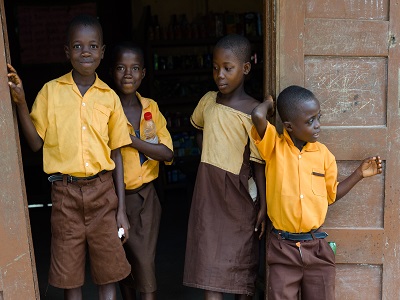Cover image: © UNICEF/UNI189909/Quarmyne
This course includes information on the core issues of gender and how it relates to other aspects of humanitarian response. It describes how to effectively integrate gender equality into your humanitarian programmes and enables you to practice your skills through an interactive, online, simulated humanitarian crisis.
Learning objectives
At the end of this course, you will be able to:
- Explain why and how gender-sensitive programming can translate into greater impact and enhanced protection for the people we serve;
- Be better prepared to effectively integrate gender equality into your humanitarian programmes.
Audience
This course is suitable to all staff of any level of seniority, who want to learn more about the core issues of gender and how it relates to other aspects of humanitarian response.
Length
It should take you about 3 hours to complete this self-paced course.
Methodology
This self-paced course provides information and scenarios which will enable you to practice developing gender-sensitive programming. This training is based on the Inter-Agency Standing Committee (IASC) Gender Handbook and related IASC guidelines, including the Guidelines for Gender-based Violence Interventions in Humanitarian Settings and others.
Structure
This course is composed of three sections:
- Part 1: Introduction
- Part 2: Analysis and Application of Gender Equality
- Part 3: Next Steps
Contact details
Content: david.coffey@unwomen.org
Rosanne Wong, Gender Equality, rwong@unicef.org
Technical queries: agora@unicef.org
